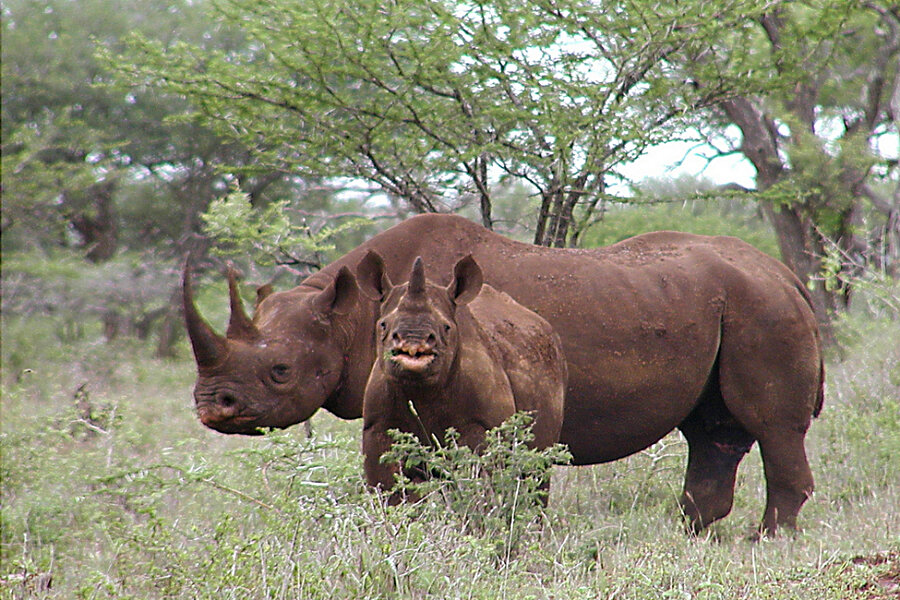How one group plans to save black rhinos from poachers in South Africa
Loading...
Black rhinos will return to Chad more than twenty years after they were last seen in the country, the Guardian reports.
The critically endangered rhinos will be relocated from South Africa, where they are at risk due a huge surge in poaching to meet demand for illegal rhino horn, mainly in Asia.
A conservation organization known as African Parks plans to ship between five and ten black rhinos to the Zakouma national park in Chad next year.
In July, the conservation group reintroduced seven lions - two males and five females to Rwanda for the first time since they were wiped out following the country’s 1994 genocide.
“Whenever we take on the responsibility for the management of a park, it involves the restoration of the park and its species to the extent that is possible. In the case of Zakouma national park in Chad, black rhinos became locally extinct decades ago, and in fact the sub-species of black rhino indigenous to that part of Africa is extinct.” Peter Fearnhead, chief executive of African Parks, which manages Zakouma and seven other national parks on the continent, told the Guardian.
“Now that the park is under our management and we have a very strong and effective anti-poaching presence, we can consider the reintroduction of key species like black rhino, even if it has to be of a different subspecies. Quite when it will happen is difficult to say because the complexities, logistics and cost of such an exercise are enormous and with numerous players, but this is our intention.”
Black rhinos have been on the brink of extinction for years because of poaching and habitat loss.
According to the World Wildlife Fund, the black rhino’s population numbers in 2015 stands at 5,055 rhinos. The organization reports that, about 96 percent of black rhinos were lost to large-scale poaching between 1970 and 1992 across Africa. In 1980, an estimated 25 black rhino were still alive in Chad, but by 1990 the population had declined to zero.
The number of rhinos poached in South Africa alone has seen a huge increase since 2007 – from 13 to a record 1,215 in 2014.
But not everyone agrees that this plan is wise. Some question whether a non-native species of black rhinoceros should be introduced in Chad.
“It’s politically and financially far easier for them to secure rhinos in South Africa, so they’re cutting corners,” a conservation expert told the Guardian.







